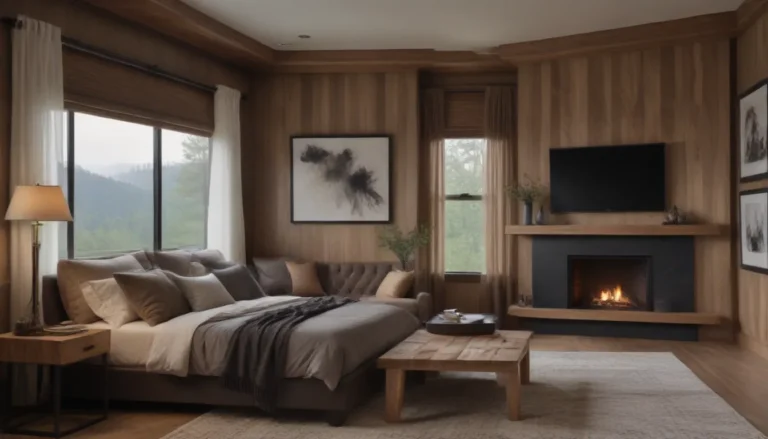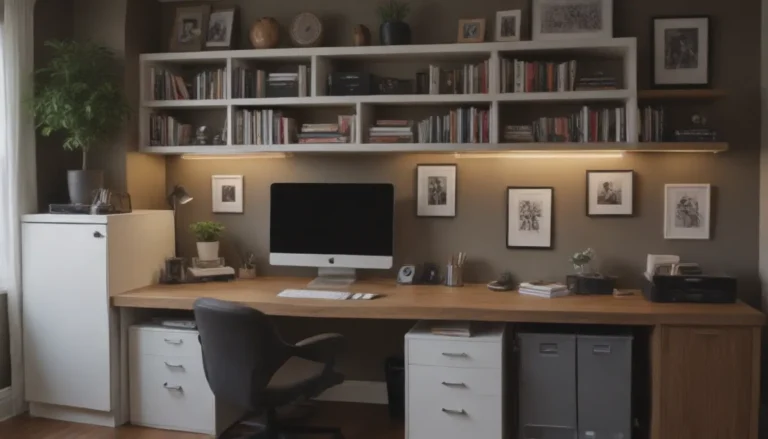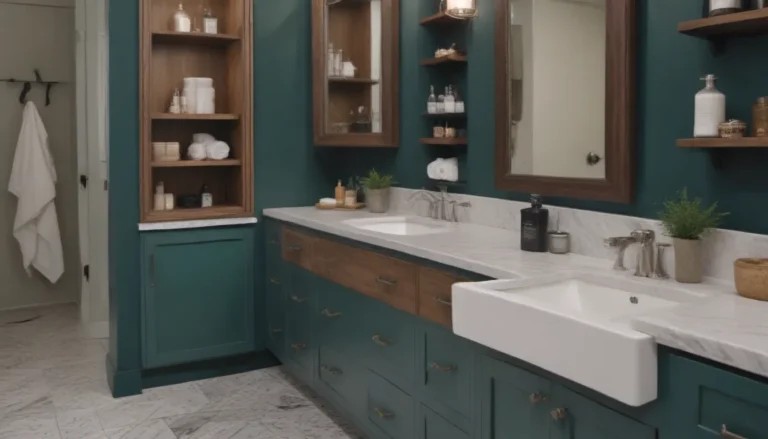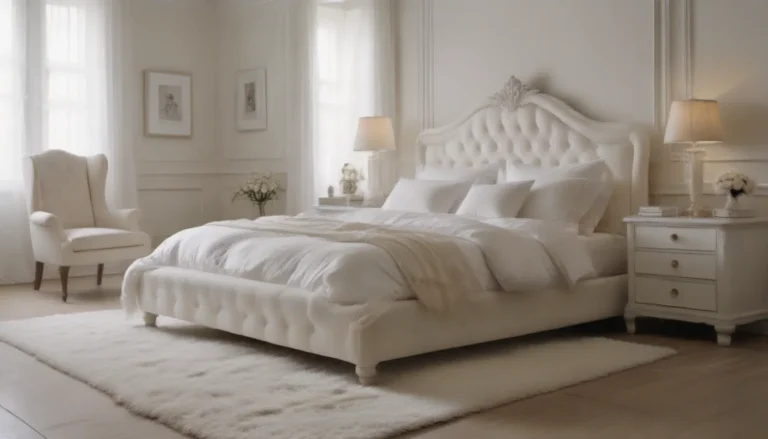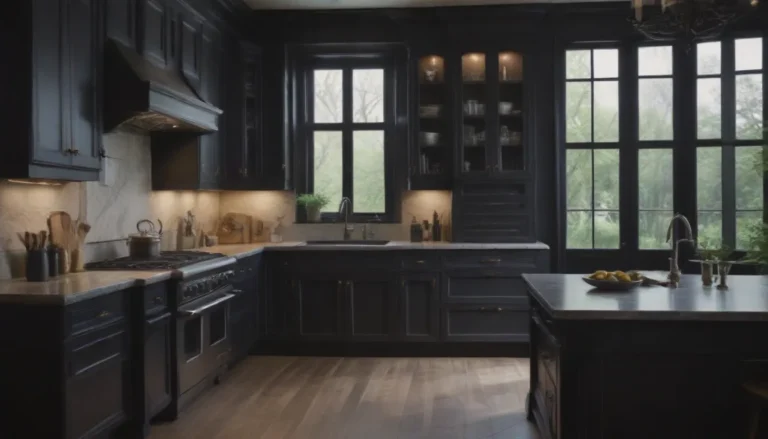Everything You Need to Know About Layering Area Rugs Over Carpet
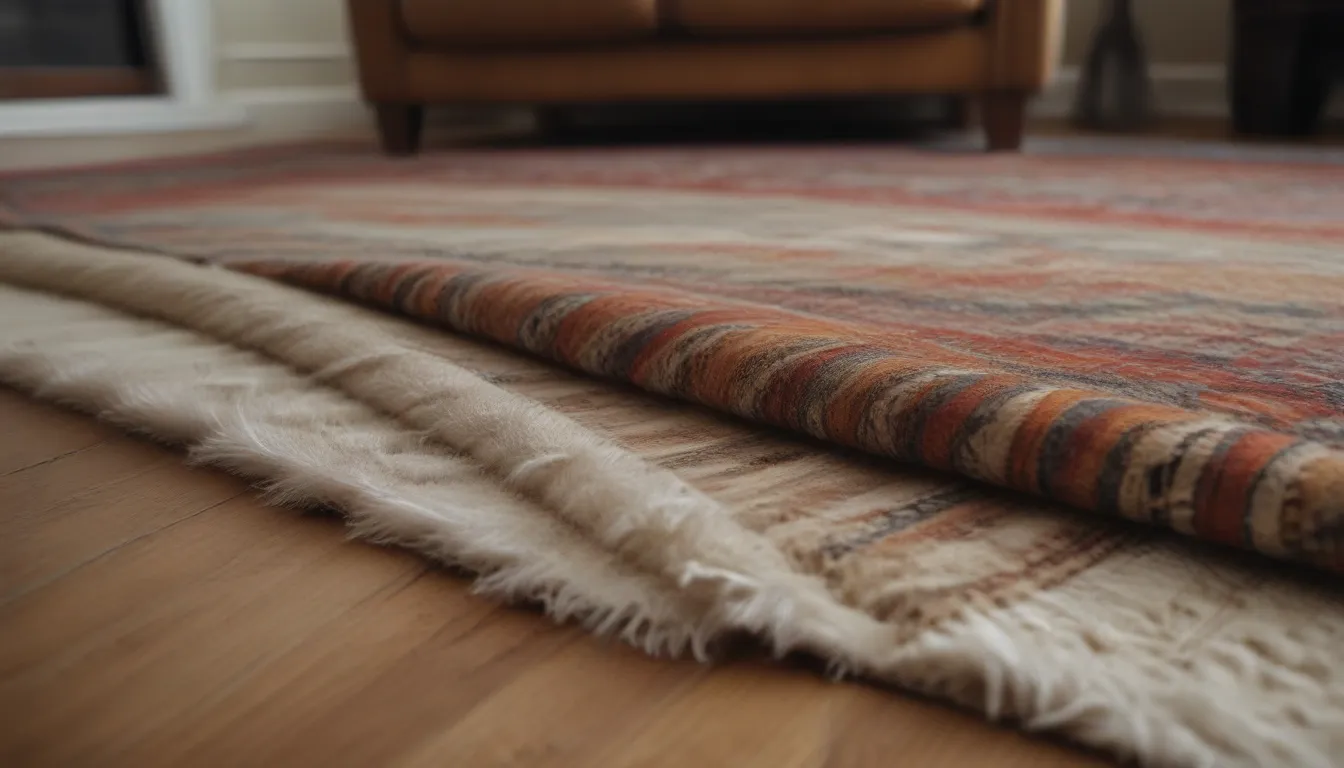
Are you considering adding an area rug over your wall-to-wall carpet but not sure where to start? Layering rugs can be a great way to enhance the look of a room, hide imperfections in the carpet, or add a touch of personal style to your space. But how do you do it properly? In this comprehensive guide, we’ll explore the benefits of using area rugs over carpet and provide you with tips and tricks to ensure you get it right.
Can You Put an Area Rug on Carpet?
Designers agree that layering rugs over carpet can have both aesthetic and functional benefits. Here are some reasons why you might want to consider adding an area rug to your carpeted floors:
- Infuse personality and style into your space
- Conceal stains or damage on the carpet
- Extend the lifespan of your carpet
- Add extra cushioning to your floors
While some may prefer the look of a bare carpet, others may find that layering rugs over carpet adds warmth and texture to a room. Ultimately, the decision to layer rugs over carpet comes down to personal preference. Your home should reflect your unique style and design choices, so if you don’t like the look of a layered rug, feel free to skip this trend.
Choose the Right Style for Your Carpet
When it comes to choosing an area rug to layer over broadloom carpet, there are a few key considerations to keep in mind. One of the most important factors is the thickness of the rug. Designers recommend opting for rugs with a low profile, such as hides, kilims, or dhurries, as these styles work best over carpet.
Nadia Watts, founder of Nadia Watts Interior Design, advises sticking to natural materials and lower profiles when layering rugs over carpet. Additionally, Trisha Knight, co-founder of Knight Varga, suggests that the bottom carpet should be heavier in weight and texture than the rug on top to create a balanced look.
When layering rugs over carpet, avoid mixing patterns. Instead, opt for a patterned rug on top of a solid-colored carpet to create a cohesive and visually appealing design.
Rug Size Matters
Choosing the right size rug is essential when layering rugs over carpet. A rug that is too small will look awkward and out of place, while a rug that is too large can overwhelm the space. To ensure that the rug complements the room’s scale, consider the following tips:
- Ensure that at least four legs of a main piece of furniture touch the rug
- Leave six to 24 inches of open floor space around the sides of the rug
- Select a rug size that fits the room’s dimensions
Remember that a large area rug can make a room feel bigger, so don’t be afraid to go for a slightly oversized rug if it works with your space.
Anchor the Rug
Anchoring the rug is essential to prevent it from shifting, creating a tripping hazard, or sliding on the carpet. There are several ways to anchor a rug over carpet effectively:
- Use furniture as anchors by placing the edges of the rug under heavy furniture items
- Use a non-slip rug pad designed for holding an area rug over broadloom carpet
- Consider using rug tape or rug gripper for added security
Properly anchoring the rug will help prevent unwanted ripples and keep the rug in place. By using a combination of furniture anchors, rug pads, and rug tape, you can ensure that your layered rug stays put.
In conclusion, layering rugs over carpet can be a stylish and practical way to enhance your space. Whether you’re looking to add personality, conceal damage, or simply change up the look of a room, there are many benefits to styling rugs over carpet. Remember to choose the right rug material, size, and anchoring method to achieve the desired effect. Let your creativity shine and transform your space with a beautifully layered rug!
